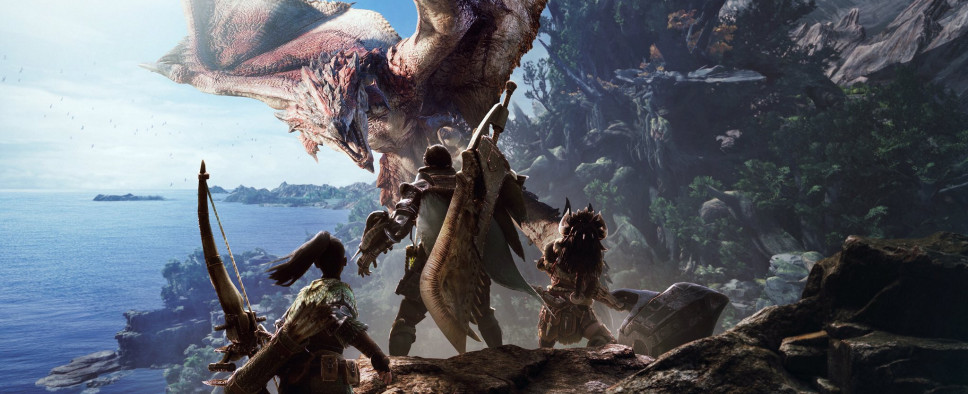Monster Hunter: World Interview
-
Category: News ArchiveHits: 1446

In his recent interview with Gamasutra, Yuya Tokuda, the game director on Capcom's Monster Hunter: World, talked about the challenges of creating a seamless living, breathing world and utilizing the latest hardware in order to open up the beloved Japanese series of action-RPGs to the Western audiences and not lose its unique charm in the process. An excerpt:
“Our goal was to bring players into a living, breathing ecosystem by creating seamless open environments teeming with life,” Tokuda told Gamasutra.
“This is a core element of the new game, and it is bigger than anything we’ve ever done before in the series, so it was a priority for the team during development to ensure our vision was something we could actually bring to life," he continued.
"After we ensured this was possible, we went on to tackle the action part of the experience, another core element of the series, and one the team was already well-versed in from previous development experience with the series.”
Scaling up to match the power of new hardware
While the team had long desired to build that kind of rich, immersive setting, it wasn’t possible on the portable platforms the last several Monster Hunter iterations were developed for.
“The most appealing aspect of working with the new hardware was its memory and processing power. Without this, the rich, living ecosystem we envisioned for the game would not have been possible. We also wanted to see many players connecting with each other around the globe, which is what led to the creation of the helpful drop-in online multiplayer functionality and SOS system.”
The first and arguably most important step to creating the world the designers envisioned was to eliminate one of the hallmarks of previous games, the independent zones that divided a map into small, sectioned off portions (tiny slices that older hardware could more easily render).
Achieving this required some very complicated math, and a delicate balancing act, weighing the elements the team wanted to populate a zone with against the limitations of the hardware.
“During the early stages of development, we calculated how much memory is required to display each core element in the map, such as large monsters, players, environmental features, small monsters, and NPCs,” Tokuda explains. “We worked to ensure it didn’t overflow memory capacity limits, but also pushed ourselves to populate the world with enough of these elements necessary to create a living, interconnected world that is fun for players to explore.”

